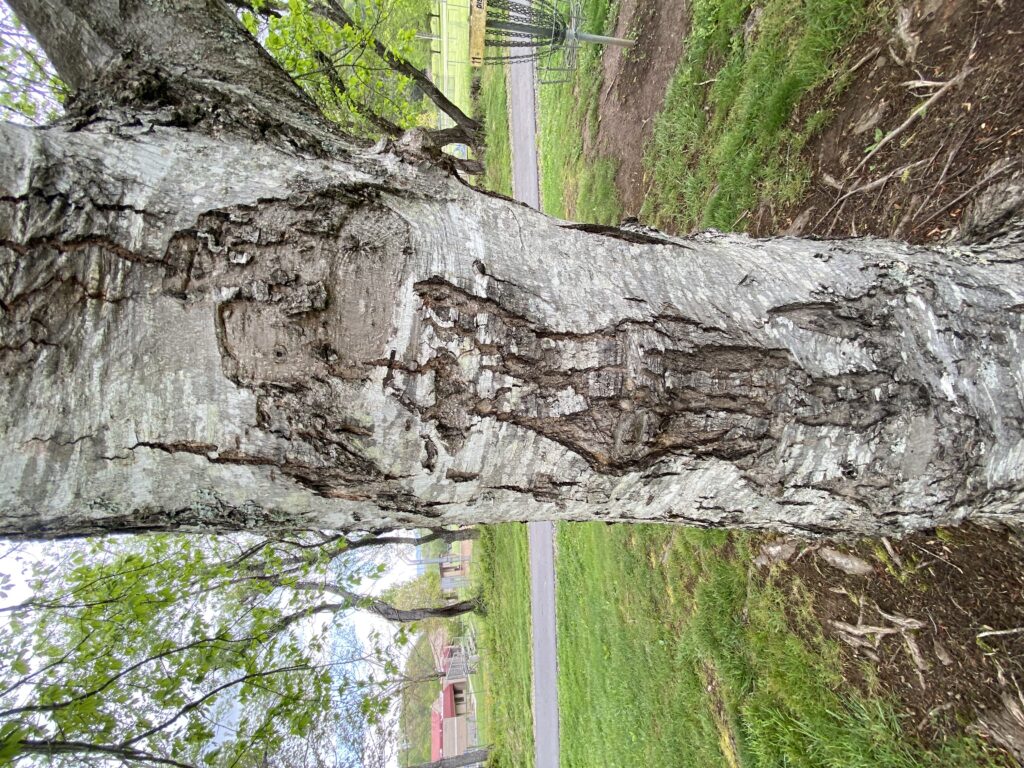Garden Planning
go.ncsu.edu/readext?976907
en Español / em Português
El inglés es el idioma de control de esta página. En la medida en que haya algún conflicto entre la traducción al inglés y la traducción, el inglés prevalece.
Al hacer clic en el enlace de traducción se activa un servicio de traducción gratuito para convertir la página al español. Al igual que con cualquier traducción por Internet, la conversión no es sensible al contexto y puede que no traduzca el texto en su significado original. NC State Extension no garantiza la exactitud del texto traducido. Por favor, tenga en cuenta que algunas aplicaciones y/o servicios pueden no funcionar como se espera cuando se traducen.
Português
Inglês é o idioma de controle desta página. Na medida que haja algum conflito entre o texto original em Inglês e a tradução, o Inglês prevalece.
Ao clicar no link de tradução, um serviço gratuito de tradução será ativado para converter a página para o Português. Como em qualquer tradução pela internet, a conversão não é sensivel ao contexto e pode não ocorrer a tradução para o significado orginal. O serviço de Extensão da Carolina do Norte (NC State Extension) não garante a exatidão do texto traduzido. Por favor, observe que algumas funções ou serviços podem não funcionar como esperado após a tradução.
English
English is the controlling language of this page. To the extent there is any conflict between the English text and the translation, English controls.
Clicking on the translation link activates a free translation service to convert the page to Spanish. As with any Internet translation, the conversion is not context-sensitive and may not translate the text to its original meaning. NC State Extension does not guarantee the accuracy of the translated text. Please note that some applications and/or services may not function as expected when translated.
Collapse ▲Once through the busy holiday season and winter has taken full hold. It seems like an odd time to be thinking about our seemingly silent gardens. This is however, a great time to start thinking about next season’s garden. Planning is the first and arguably the most important part of growing a garden. Having a plan ensures that you have adequate space and the correct location for all the plants you hope to grow.
I always start by considering what I learned the past season. What worked out well and what didn’t. This is a great time to reflect on the past year. Sometimes we will see plants growing in a botanical garden and try it ourselves. Only to learn that the plant does not perform well in our area. That leaves its location open for something more suited for the spot. Think about what’s growing near it. What environmental ques affected the previous inhabitant? All these things can help you decide what you will do with an area.

Picea pungens is a common landscape tree. Known for its intense blue foliage and much desired winter color. This tree however, does quite poorly in Western North Carolina. Winters here aren’t as cold as they are in their native range. In-situ trees see only a 55–60-day frost-free growing period. Most planted trees in WNC only live a few years before dying from the inside bottom up. Blue Spruce
Also consider how the area is being used. Is this a spot you like to hang out? Maybe it is only it’s too sunny, which made that dream plant a little too crispy. This may lead you to decide a tree would be ideal for the space. Leading in time to more shade for you and the plant you once dreamed of. Land use is also closely tied to how the land functions and its positioning. All of which should be taken into consideration when planning.

Acer rubrum on Western Carolina University campus. Planted over a seating area to provide shade from the hot afternoon sun. Located in an otherwise sunny courtyard. A. rubrum is a common landscape plant native to the southeast. They provide wildlife habitat, food, fall color, and interesting bark (see supporting photos)
We must think about the land we are working with and how it is presented. This is one of the most fixed parts of our landscapes. Is the land sloped or flat? How does the water move throughout the land? Where is the sun positioned and how do the winds move through it? All of these aspects are important to the choices we will make in our landscapes. We can use plant material to manipulate these in some ways however, always remember mother nature will see something you don’t. This time of year, is also a good time to consider what annuals and vegetables you will be growing this season.
I know I have received numerous seed catalogs over the past few weeks. This can lead to long and unbridled wish lists of new and exciting seeds. Having a plan and a list of what colors, textures, and vegetables you need helps when looking through large enticing seed catalogs. Making sure you remain within the restrictions and needs of your landscape. Not to mention the impending battle for window space many gardeners are soon to face.
Lastly, I would like to remind you during the planning phase. We all miss the vibrant colors of the flowers, the buzzing bees and skipping butterflies. It is easy to think of all the big plans and dreams of the coming season however, be kind to the summer gardener. It may seem worlds away but, in some time, we will be wiping the sweat from our eyes and wishing we had a little taste of the slow season again.
Supporting photos





